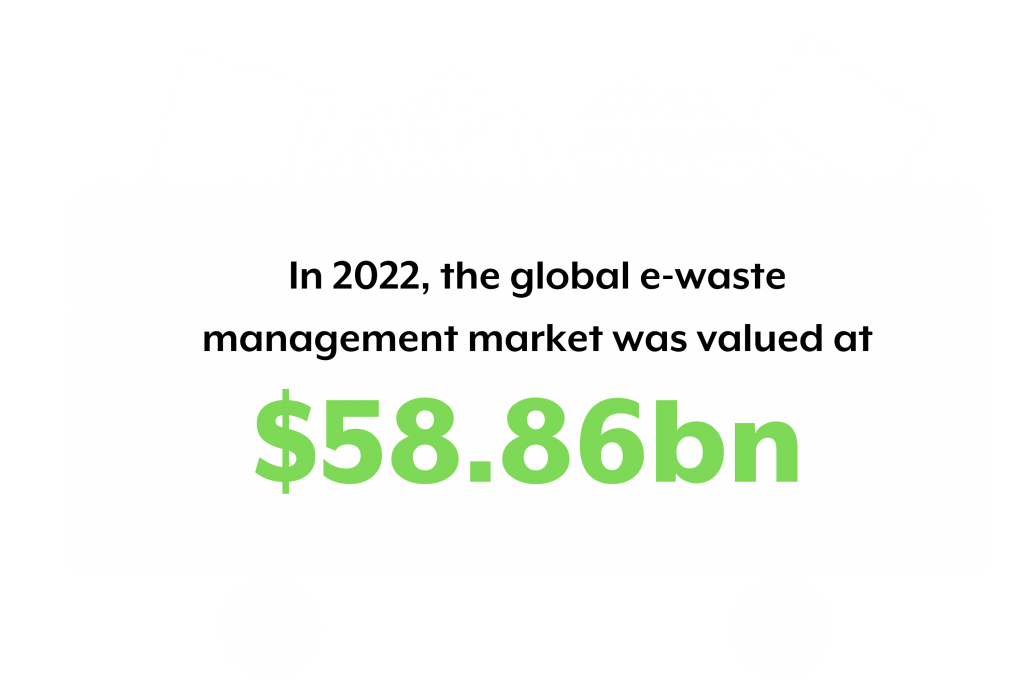E-waste, the electronic devices we discard, has swiftly become the fastest growing waste stream globally. Projections reveal a staggering increase in the volume of e-waste generated each year, with estimates reaching 74 million metric tons by 2030. Shockingly, only a mere 17% of this e-waste is responsibly recycled, posing a significant environmental threat. As technological advancements and consumer demand continue to surge, it is crucial that we address this mounting issue. Efforts must be intensified to raise awareness, promote responsible disposal practices, and establish comprehensive recycling systems to ensure a sustainable and clean future.
The phenomenon of e-waste showcases a stark contrast in the regions involved. Developed regions such as North America, Western Europe, Australia, Japan, and South Korea are major contributors to e-waste, generating a significant share of the global total. In fact, North America alone produces over 11 million metric tons of e-waste per year. On the other hand, emerging economies like Mexico, Eastern Europe, China, Thailand, Vietnam, and several countries in Africa, including Senegal, Ivory Coast, Ghana, Benin, Nigeria, and Egypt, frequently serve as the recipients of this discarded electronic equipment. These regions often face challenges in managing the influx of e-waste, leading to environmental and health risks if not addressed effectively.
70%
of all landfill toxins,
leeched into the environment
came from E-Waste

E-waste contains hazardous substances like lead, mercury, cadmium, and brominated flame retardants that, if not handled properly, can contaminate soil, water sources, and the air. For example, it is estimated that a single cathode ray tube (CRT) monitor can release four to eight pounds of lead into the environment. Furthermore, a study conducted in Guiyu, China, one of the largest e-waste recycling centers, found alarming levels of toxic chemicals in the air and water, exceeding recommended safety limits. The detrimental effects of these toxins can include respiratory issues, organ damage, developmental disorders, and even cancer.
The global e-waste management market is poised for substantial growth in the coming years, driven by increasing awareness of the environmental hazards posed by improper e-waste disposal. Projections indicate that the market is expected to witness a compound annual growth rate (CAGR) of approximately 7% between 2021 and 2026. Factors such as stringent regulations, rising demand for electronic devices, and the need for effective recycling and resource recovery are stimulating the market’s expansion. As governments and organizations worldwide recognize the economic and environmental potential in managing e-waste, there is an increasing focus on investing in infrastructure and developing innovative solutions to handle this burgeoning challenge.


